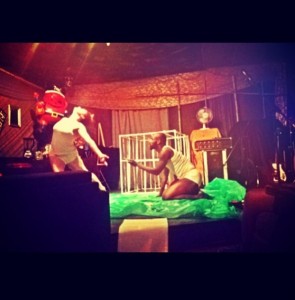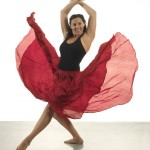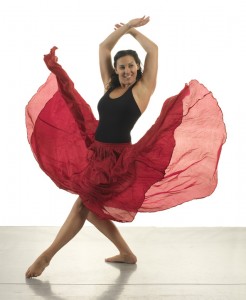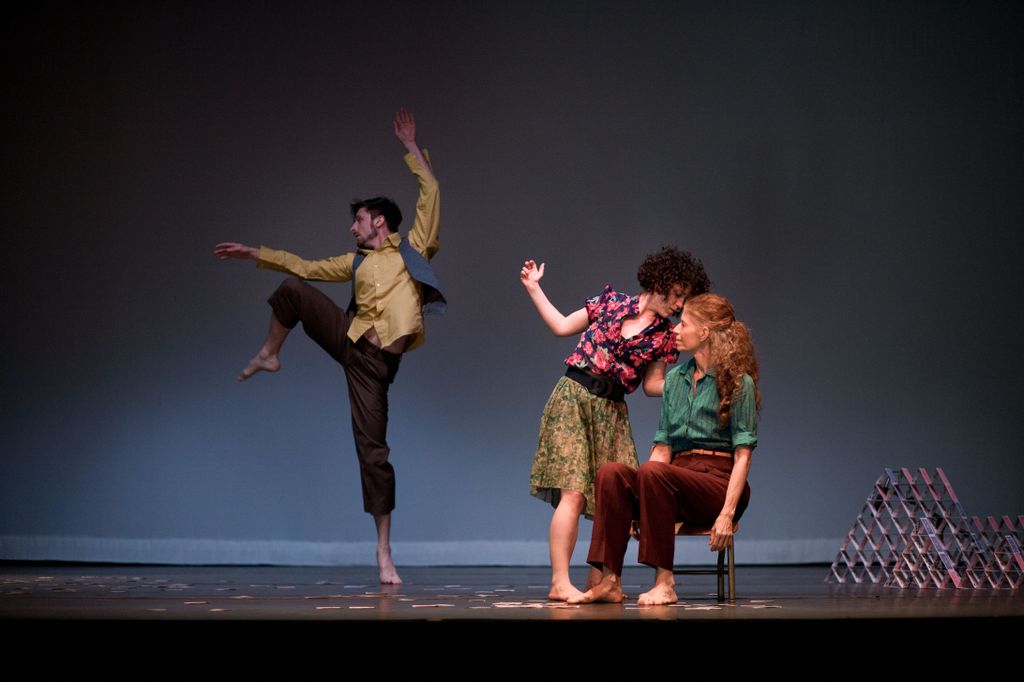 Grad school prepared me for many things. I took a plethora of classes that broadened and strengthened my dance training. I was given choreographic tools and opportunities to test them out. Most grad programs, like the one I attended, allowed the opportunity to teach semester-long courses, or take specialty classes like Dance and Technology and Career Resources. The information, advice, and experiences gained are truly invaluable. While grad school gives the “old college try” in preparing you for the real world, and is successful in many areas, nothing prepared me for the loneliness I experienced after graduation.
Grad school prepared me for many things. I took a plethora of classes that broadened and strengthened my dance training. I was given choreographic tools and opportunities to test them out. Most grad programs, like the one I attended, allowed the opportunity to teach semester-long courses, or take specialty classes like Dance and Technology and Career Resources. The information, advice, and experiences gained are truly invaluable. While grad school gives the “old college try” in preparing you for the real world, and is successful in many areas, nothing prepared me for the loneliness I experienced after graduation.
Grad school is this beautiful little bubble that is filled with like-minded, passionate individuals that inspire, push and motivate you on a daily basis. I found myself collaborating when I didn’t even know it, or set out to. Anytime I had a new choreographic idea or random epiphany there was always someone there to bounce it off of, and I mean ALWAYS. I knew I would mourn not seeing my fellow grads everyday, but I always thought I would find myself in a similar environment, just with new faces.
Maybe it was naïve of me not to come to this realization on my own. Perhaps being wrapped up in thesis madness made anything that was not  specifically stated or covered in class unobtainable at the time. I had been warned about the “adjunct hustle,” minimal pay, commuting, etc. and though hearing about it is much different than experiencing it, I still had an inkling of what to expect. Even when I was hired for the first time knowing that I was the one and only dance adjunct, it still didn’t hit me. It was the first day of school that I found myself feeling like the “new girl” from the movies who eats her lunch alone in the bathroom stall. Every commute was nothing but tears. I had no idea the amount of emptiness I would feel after grad school and was at a loss of how to fill it.
specifically stated or covered in class unobtainable at the time. I had been warned about the “adjunct hustle,” minimal pay, commuting, etc. and though hearing about it is much different than experiencing it, I still had an inkling of what to expect. Even when I was hired for the first time knowing that I was the one and only dance adjunct, it still didn’t hit me. It was the first day of school that I found myself feeling like the “new girl” from the movies who eats her lunch alone in the bathroom stall. Every commute was nothing but tears. I had no idea the amount of emptiness I would feel after grad school and was at a loss of how to fill it.
Luckily I have made some progress, some days it feels minimal, and other days not so much. I began picking up the phone more than I ever had, and instead of crying while commuting, I would talk to other adjunct friends. This is where I express my joys and frustrations with teaching. Over the next two semesters, I picked up additional classes at other colleges where friends also taught. As silly as it sounds, I don’t even have to see them; in fact most of the time we aren’t even on campus at the same time, but simply knowing that I am not alone helps tremendously. If I get to see their face, well then that’s just icing on the cake!
 Aside from these small strides, last fall I began collaborating on an arts project. While it doesn’t feed my bank account regularly, it feeds my soul. Believe it or not, I find it very satisfying to work on this project without financial concern. It feels like a small, selfish act of kindness that I do for myself. The satisfaction of payday is short-lived in my world because it all goes towards bills and living expenses, so the reward, or “paycheck” if you will, that I receive from the work dedicated to this project is permanent. This project allows me to collaborate a couple of hours a week, which I love, think outside of the box, meet new artists, problem solve, and change lives through art. While I hope this project continues to blossom and can one day have more of a monetary benefit, I am really content with the opportunity and nourishment of the soul.
Aside from these small strides, last fall I began collaborating on an arts project. While it doesn’t feed my bank account regularly, it feeds my soul. Believe it or not, I find it very satisfying to work on this project without financial concern. It feels like a small, selfish act of kindness that I do for myself. The satisfaction of payday is short-lived in my world because it all goes towards bills and living expenses, so the reward, or “paycheck” if you will, that I receive from the work dedicated to this project is permanent. This project allows me to collaborate a couple of hours a week, which I love, think outside of the box, meet new artists, problem solve, and change lives through art. While I hope this project continues to blossom and can one day have more of a monetary benefit, I am really content with the opportunity and nourishment of the soul.
Just like most things in life, it gets easier with time. About a year ago, I made the decision to stop comparing life now to life in grad school. It will never be the same, and now, 2 years later, I am really glad. If I were to stay a student forever, which I stated numerous times after graduation, I would have never been able to realize what an amazing experience grad school was and the huge impact it would have on my life. Don’t get me wrong, it was difficult and challenging and several days I felt like throwing the towel in, but the same skills I developed in pushing through school are the very same that have helped me find solutions to not feel lonely.
So if you ever find yourself as a lonely artist like I do some days, try one of the following pick-me-ups:
- Wipe those tears and pick up the phone! Call someone who can relate to your feelings, or someone you’ve been meaning to catch up with- no time like the present!
- Build a new community. Though it may not be ideal or as convenient as ones from the past, something is better than nothing! I am part of an ongoing (and rather hilarious) group text thread with some adjuncts in the area… Facebook groups… really anything that can provide a sense of community, even if it is long distance.
- Find your own small selfish act of kindness and make sure to do it! You owe it to yourself. Whether it’s going to take a dance class for enjoyment, playing hooky from work to go see some live art, or something totally unrelated- DO IT!
- Most importantly, don’t compare life now to “better” or less lonely times. You can’t change your current emotional state if you’re always looking back…
I have been able to build a new long-distance community, make connections outside of my alma mater, and start a new nest here in Houston.
Photos by Salted Hart Photography.
Laura Harrell is currently an adjunct professor at Houston Community College, Lone Star College, and San Jacinto College. Laura has presented choreography at The Dance Gallery Festival (Texas and New York City), the Fringe Festival (Houston), the American College Dance Conference (adjudicated and gala), and most recently, in the first ever, Art Saves Lives: A Cultural Conversation performance and educational outreach program in Nice, France. Additionally, she has set work at Sam Houston State University, Booker T. Washington High School, Lone Star College, San Jacinto College, and was assistant choreographer for Recked Productions site-specific project, Up For Air. Most recently, Laura presented choreography in the first ever Next Step Series by NobleMotion Dance.

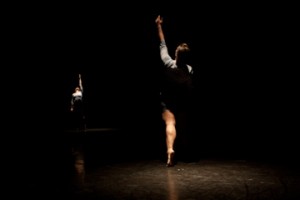
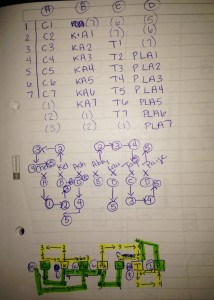
![858671_563107497041148_2128003440_o-1[1]](https://www.framedance.org/wp-content/uploads/2013/08/858671_563107497041148_2128003440_o-11-300x199.jpg)
